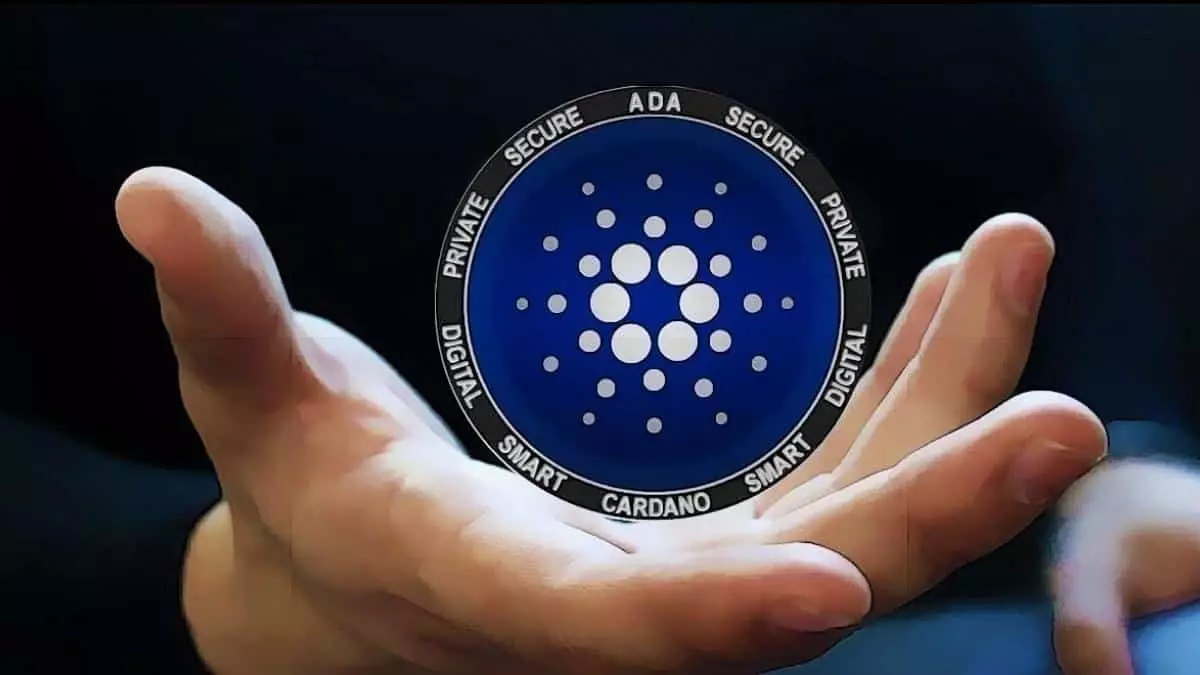The recent drama surrounding Cardano and its founder, Charles Hoskinson, marks a significant point of contention in the blockchain community. Trust is a fundamental currency in this decentralized world, and nothing erodes it faster than allegations of fraud or misconduct. The uproar began with a shocking claim that a staggering 318 million ADA, valued at around $619 million, had been illegally transferred amidst a system upgrade—the Allegra Hard Fork of 2021. This controversy has ignited a firestorm of skepticism and fear, with many in the community feeling betrayed by the very person they believed could lead the blockchain into a future of transparency and decentralization.
At the heart of this scandal lie allegations made by an individual named Masato Alexander on social media, asserting that Hoskinson executed a covert operation to shift funds to private reserves controlled by him. This raises questions that resonate deeply within the crypto community: If the founder of one of the leading blockchains is implicated in fraud, what does that mean for the integrity of the system itself? Such claims undermine the core principles of decentralization and the belief that individuals can operate without oversight or manipulation.
The Response: Defense as a Double-Edged Sword
In the face of these daunting accusations, Hoskinson’s response was both defiant and surprising. He contended that the ADA vouchers associated with the moved funds had become unusable post-upgrade, which, he claims, necessitated a transfer into a custodial account controlled by the Token Generation Event (TGE). For those not entrenched in the technical jargon, this explanation may reasonably sound like a politician dodging questions—deflecting blame while insisting on transparency. Although he has proposed a full audit, the question remains: can transparency be restored, or have the seeds of doubt been irrevocably sown?
But the fallout doesn’t stop there. Hoskinson expressed disappointment over friends distancing themselves during the cascading events. It reflects a deeper issue surrounding leadership in crypto projects—when the going gets tough, who stands with you? His planned changes, such as transferring his X account to a media company and altering how he conducts public engagements, signal a shift in strategy. However, one wonders if these modifications are merely cosmetic. Is a media-centric approach truly the remedy for restoring faith in a founder or a mere distraction from unresolved concerns?
The Ripple Effects on Community and Governance
The implications of this turmoil extend far beyond Hoskinson’s reputation. They strike at the very fabric of Cardano’s governance and community participation. If long-term supporters begin to lose faith, the community can fracture, giving rise to factions who either support or oppose leadership. Living in an increasingly polarized environment makes such fractures dangerous. The question arises: how do you foster a community that thrives on democratic values when allegations like these create rifts? The potential fallout could stunt Cardano’s growth, ushering in a grim chapter where its ambitious governance model faces its most significant test yet.
This situation also presents an opportunity for reflection on what it means to lead in a decentralized space. Leaders like Hoskinson are often heralded as visionaries, but one must ask—should personal ethics and community trust take center stage along with technical expertise in leading such innovative projects? If the founders fail to embody the values they espouse, it begs the question of who can genuinely be trusted to steer these movements forward.
Navigating Uncertainty: The Path Ahead
What remains clear is that Charles Hoskinson and Cardano must navigate this turbulent landscape with acute awareness of the fragility of their position. Continuing to engage with the community, while altering interactions to ensure accountability, may be necessary steps forward. Ultimately, facing these harsh realities with a spirit of humility and a genuine willingness to mend fences could prove decisive in shaping both Hoskinson’s future and Cardano’s legacy.
However, mere platitudes will not suffice. Action speaks volumes, and the willingness to face allegations directly and transparently is crucial for regaining lost trust. The road to redemption will be long and arduous, and whether Cardano can withstand this storm may ultimately define its trajectory. In the end, blockchain is built on the principle of trust, and the fragile thread that connects its members could unravel if leaders fail to act with audacity and sincerity in trying times.


Leave a Reply